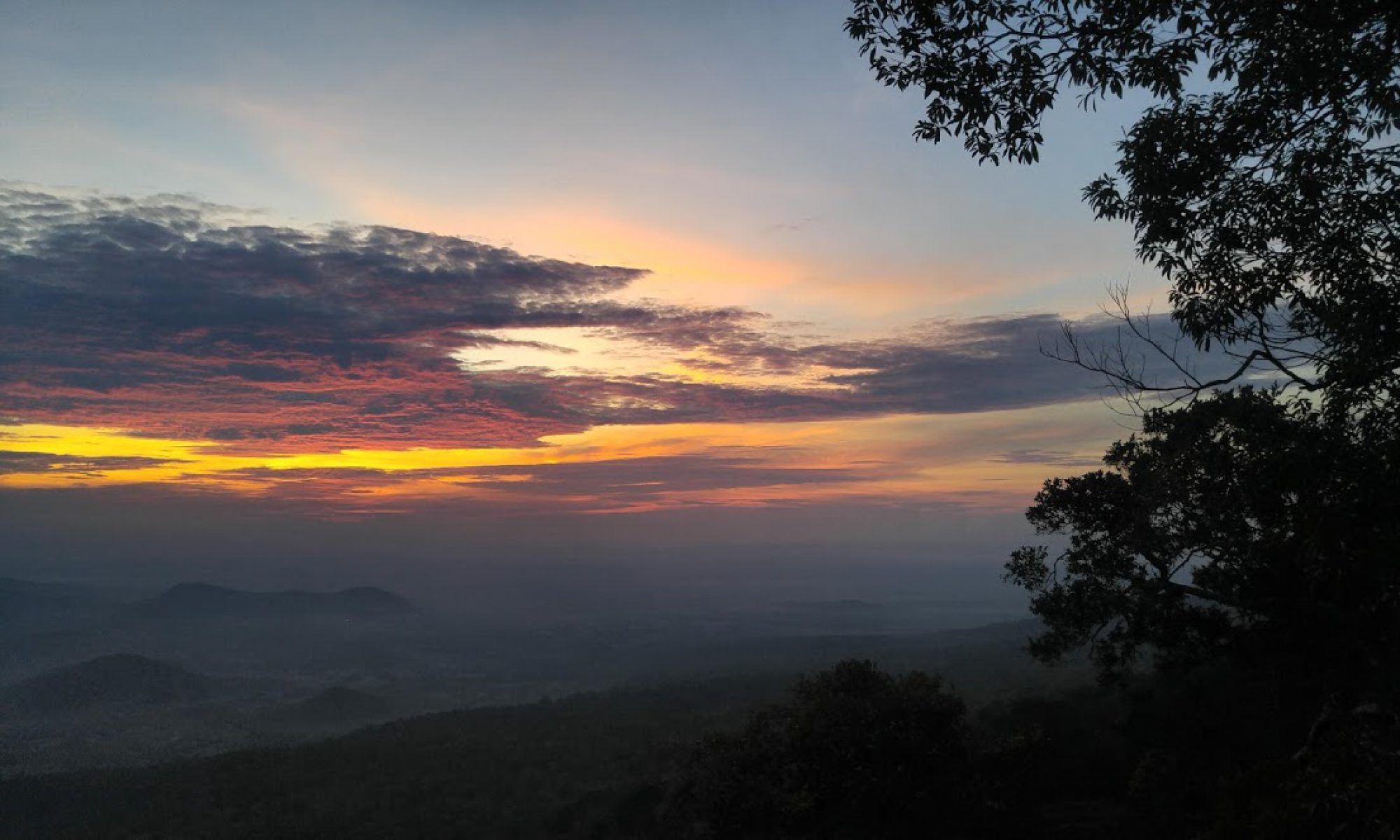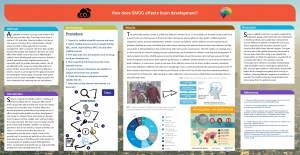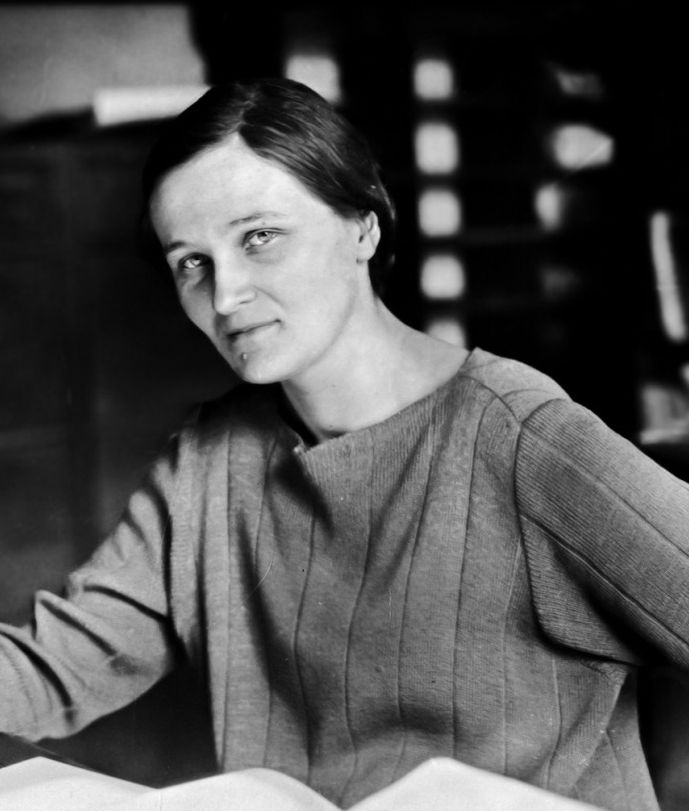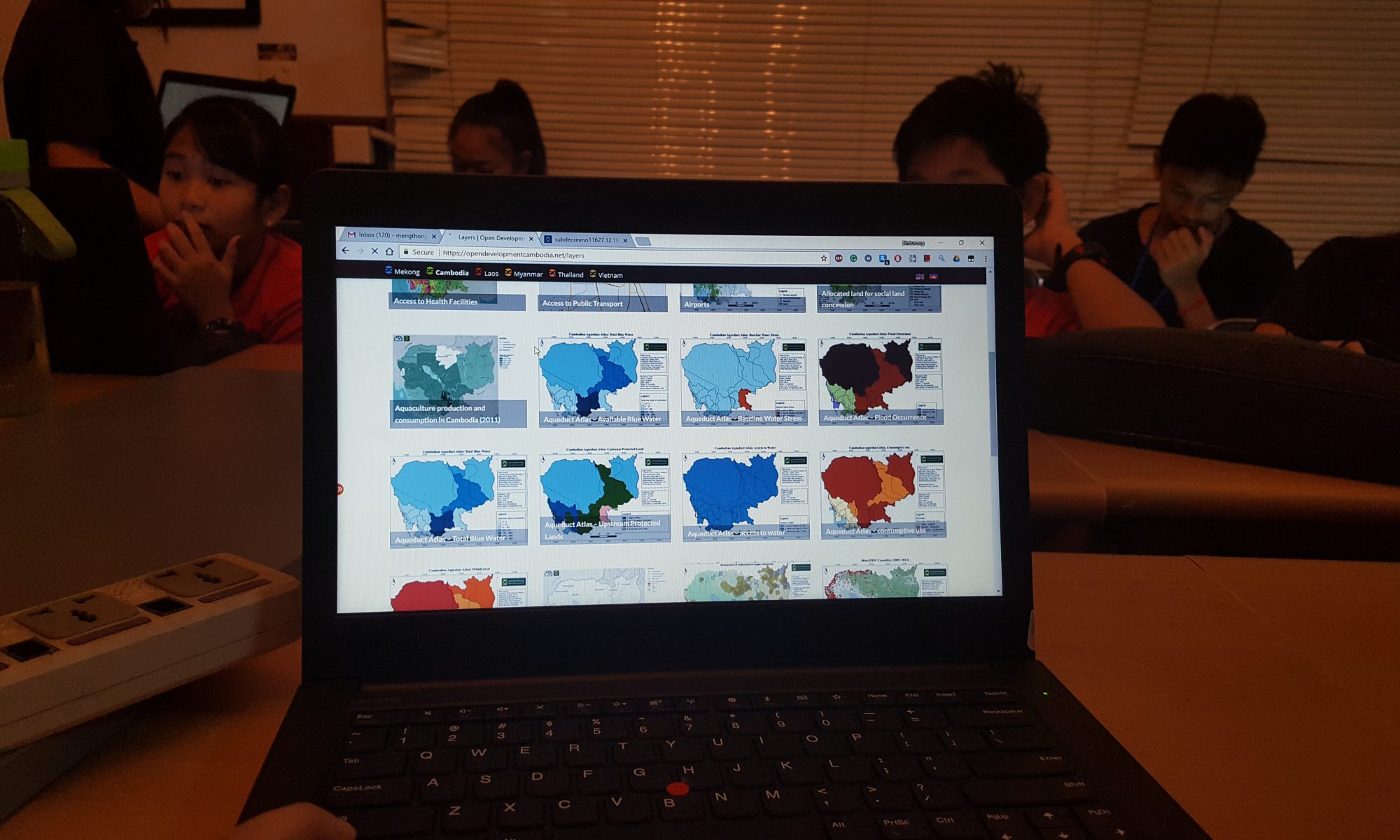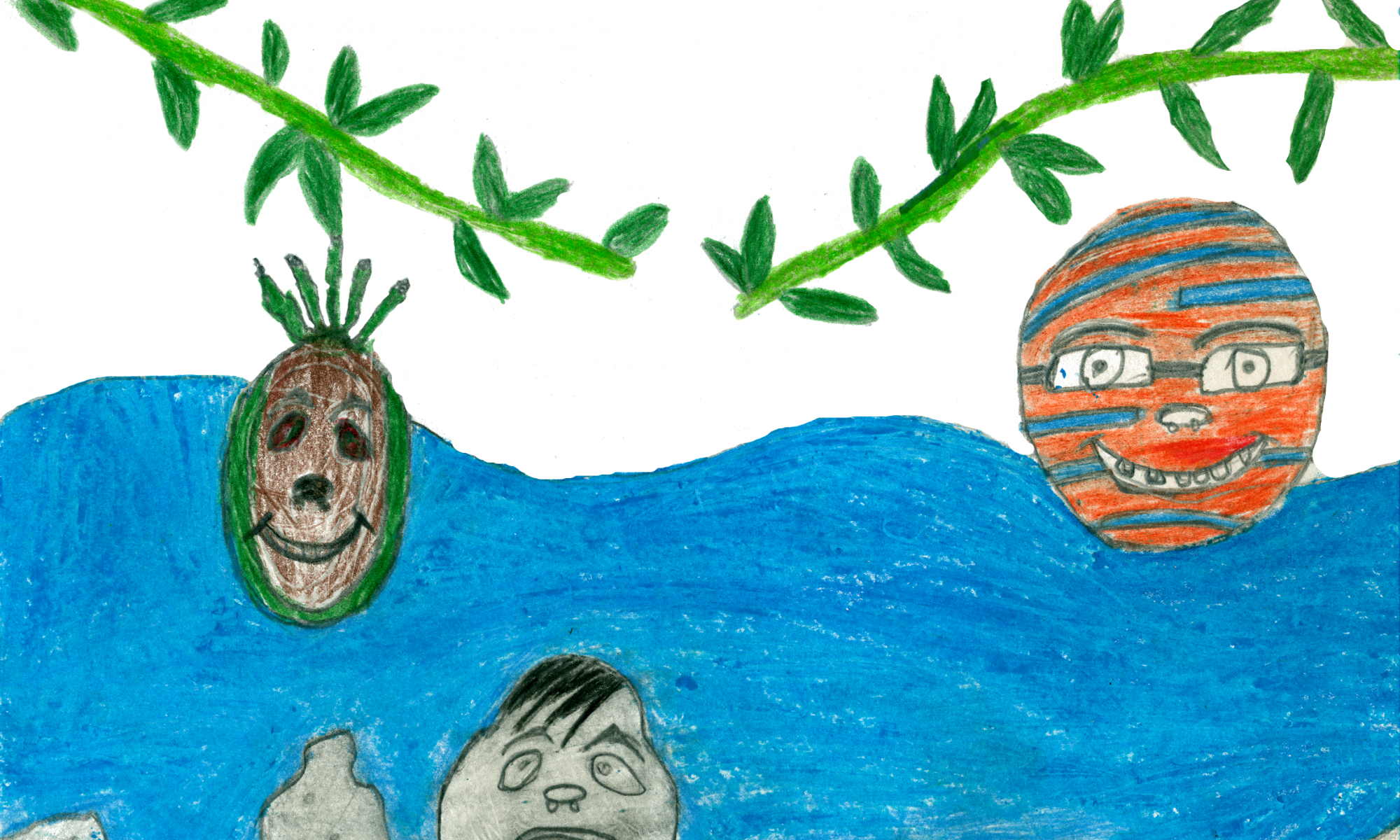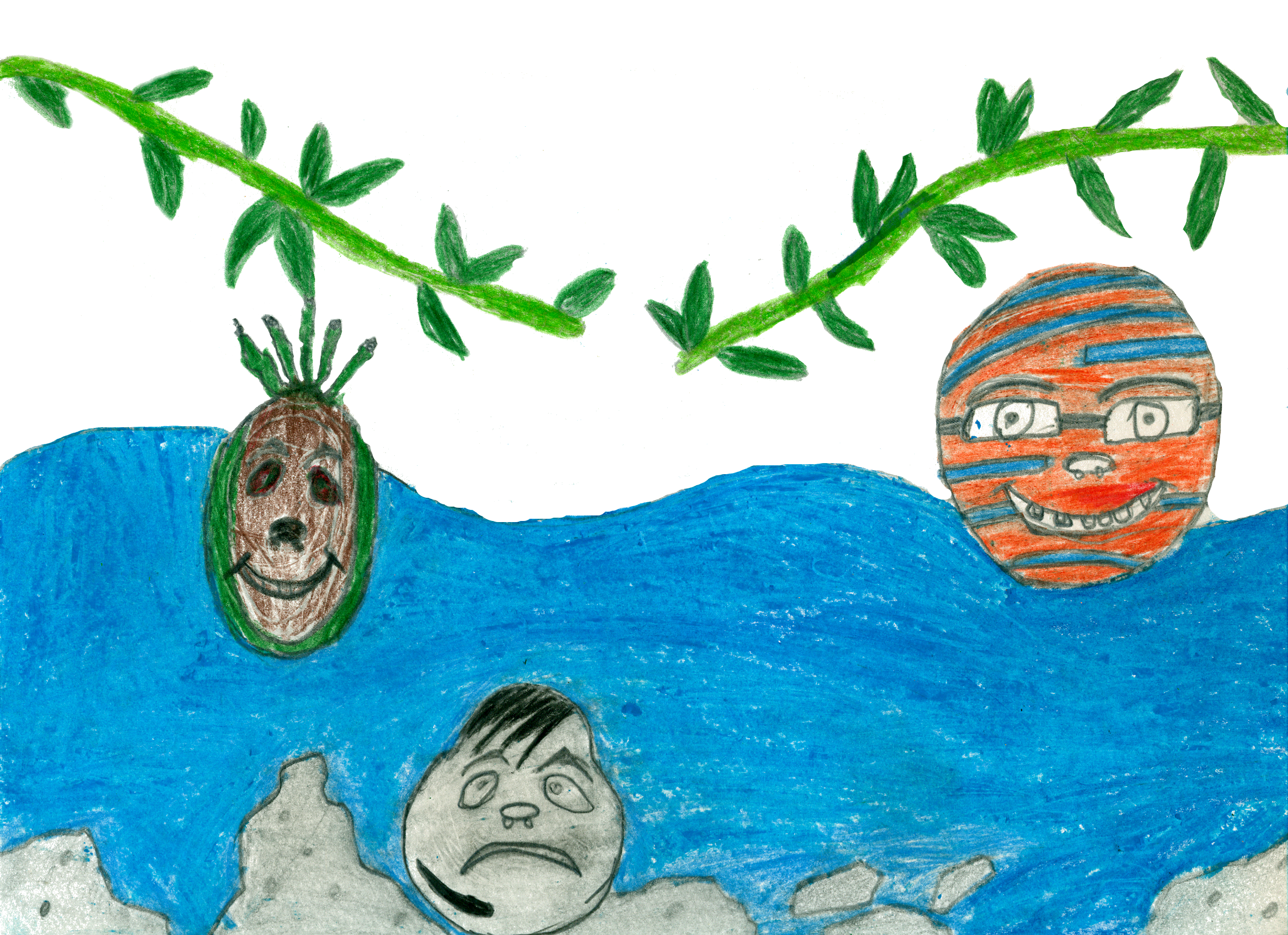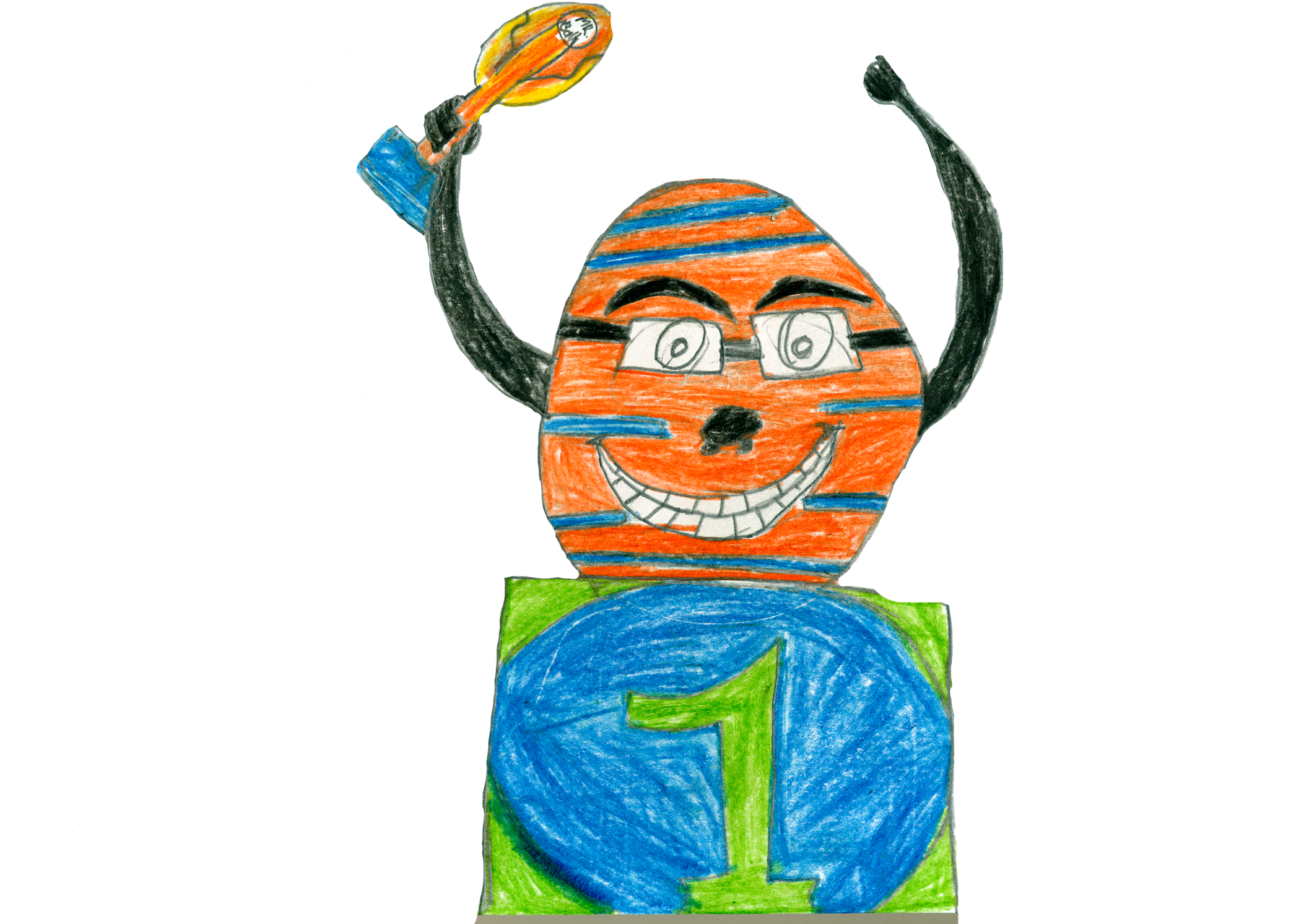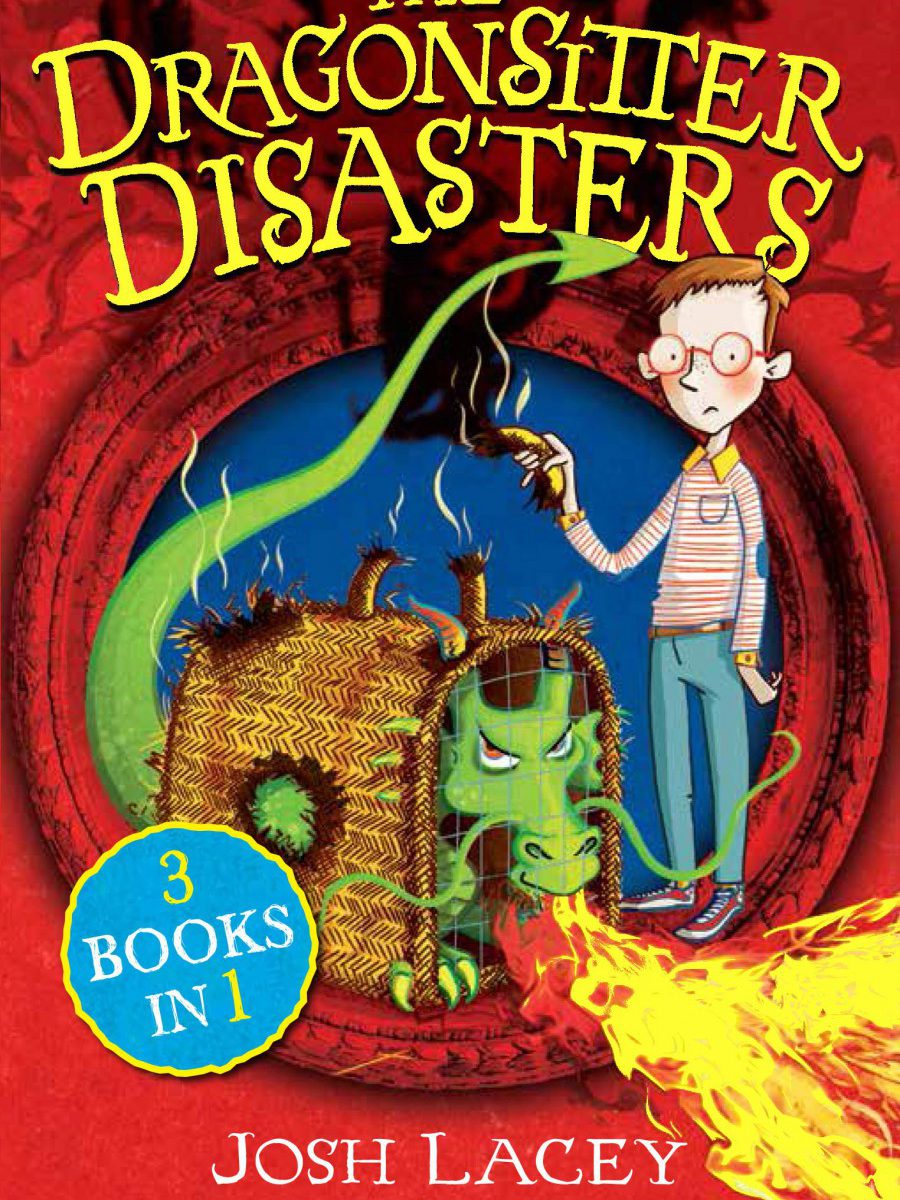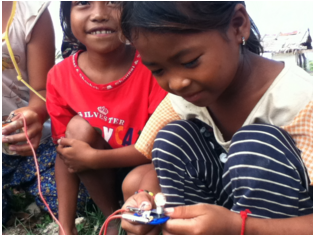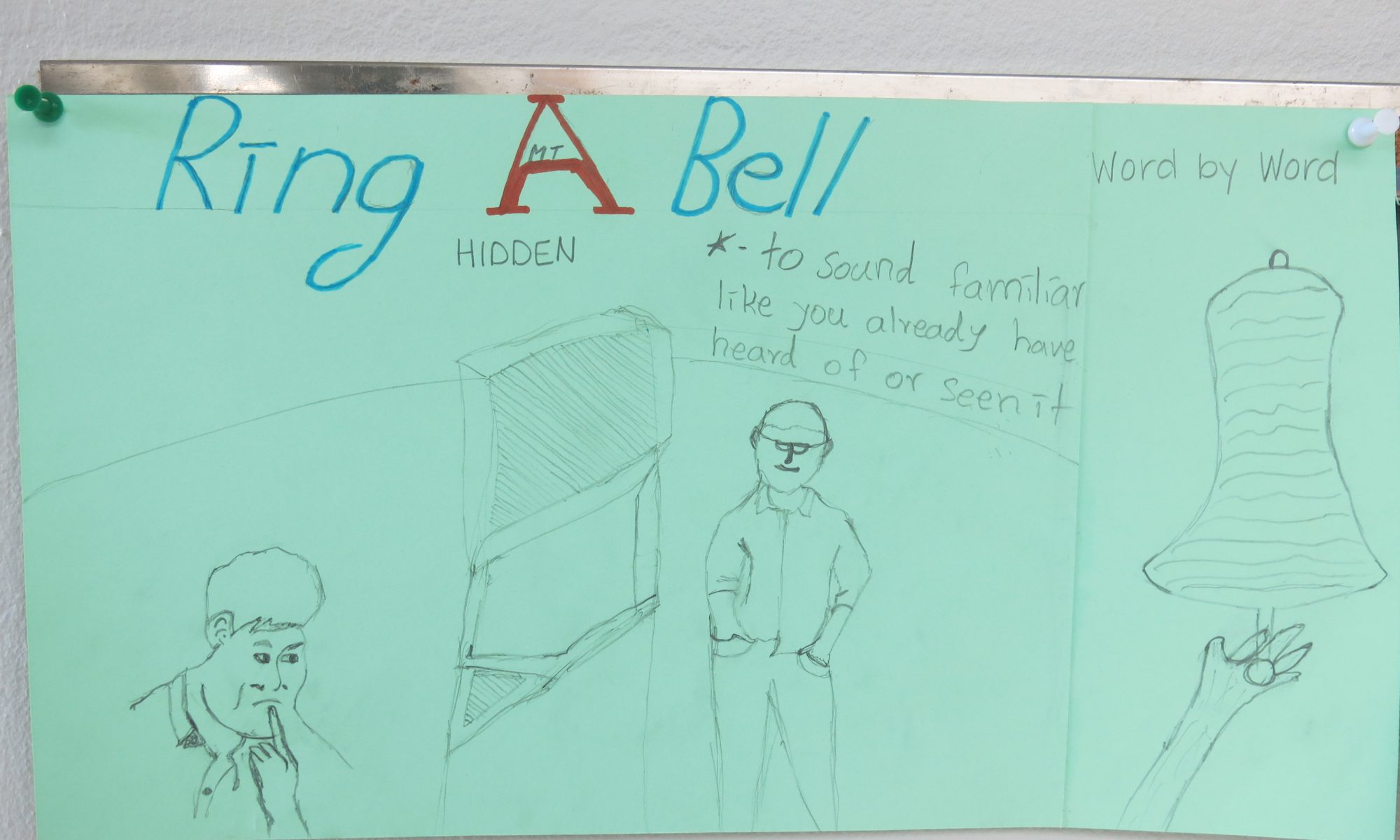In our chemistry class, I had a project to design my own question and research project on smog. So after I did a small research, I want to do something about the impact of smog on human health so I decided to do further research about the effect on human brain development. I found some interesting study that has been done in the west. One of the studies concluded that there was a correlation of exposing to a high fine particle could decline a person cognitive performance.
First Statistic Class
This school year, it was my first class for introductory statistics which sound really complicated to me, as a student who has no idea about this college-level subject. A statistic is nothing connected to algebra, it’s another level of math which requires dot-connecting, analyzing, and comprehension skill to understand and extract the knowledge of new concepts from the statistic books. The correlation coefficient (R) is one of the hardest and exiting unit so far from the past two months of learning in this course. We learned to look at different scatterplots data and a linear regression line to understand how does the explanatory and response variables correlate with each other. Using the correlation formula to calculate the R-value is impossible and it kind of wasting our time. So calculator features come to be really handy to run the the two-variable stats, graph the scatter plot and calculate the linear regression line’s equation. Our group had sent out a survey to ask the students and facilitators for a data sample that we could use to find different the correlation between the two variables. I was involved in finding the correlation between the number of siblings versus the number of friends on Facebook. I really enjoyed learning about the statistic since it isn’t just about a number but it taught me to be a better person to be able to analyze data and make a good usage out from the skill.
Woman doesn’t deserve the proper credit for theirs achievements
Cecilia Payne-Gaposchkin was born on May 10, 1900, Wendover, England. She was one of the fewest astrologists who was successful with her career to discover what the Sun was made out of, as well as other stars in the universe. Her discovery had an immense distribution impact on our society. She had proved people wrong that the outside world isn’t the same as the Earth. With her amazing discovery, she never deserves a proper credit for her hard work to figure out this enigma.
In 1919 Payne entered the University of Cambridge to learn science but she didn’t know what aspect of science did she wants. She made her decision to study astrology and stars after she was inspired by a lecture of a famous astronomer Arthur Eddington. She knew that England wasn’t the best place for women to explore in the science field so she moved to the US in 1923, attempted Radcliffe College (now it’s a part of Harvard), the only academic institutions that accepted women in science. It was Harvard that Payne achieved her flourished success as an astronomer.
Just in 2 years, in 1925 she was the first women who received a Ph.D. degree in astronomy. In that time, we believed that the elements that made our planet is the same as the outside world. In fact, her discovery had proved everyone wrong that our earth and the outside world is totally different. Payne had discovered that the Sun, as well as the stars, are mainly made out of two elements, hydrogen, and helium. In addition, she also found out that we can classify the stars by its temperature. As a young scientist, living in the world that was dominated by older man, she didn’t get the credit that she should deserve. Her advisor, Henry Norris Russell persuaded her that she shouldn’t publish her discovery because it was too controversial, so she took his advice. A few years later Russell took her discovery and published it by himself. Eventually, she became a technical assistant working at Harvard. In 1956, she became a Chair of the Department of Astronomy, making her the first woman with a department at Harvard.
Source:
1-https://www.britannica.com/biography/Cecilia-Payne-Gaposchkin
Geographic Information System
I got an opportunity to learn about Geography Information Systems (GIS) for three months that was hosted by the Open Development Cambodia (ODC). So every Friday we will leave campus to Phnom Penh to learn about GIS for 1 hour and a half from ODC. It was a great experience for the first two weeks, we learned about what is GIS and it is essential to have data in order to create GIS.
Change Agent
In the exploration, we try to find the change maker that make the change to the community and the world. For our first project, we try to find the entrepreneur change maker which mean they are making money but also to the world. When we found out who we gonna reach out to we need to do some research about that person so that we feel confident to say that person is a changemaker. After we do some research we started to write the email in a formal way. It’s really challenging for me in the first time because I never reach out to someone that I never know them before. Also, they are the entrepreneurs so we have to put a lot of work to make the email catch their attention. We reach out to many kinds of people in different countries. Some people that I reach out to is difficult like Nick Woodman, he is a founder of GoPro. So I don’t that he receive my email or not because he is a busy man and really hard to reach out to. For the second project is a similar process but except we find on the social enterprise that is a changemaker. Through this exploration, I had learned a lot and it improves my learning to the next level. I had learned so many projects from the change maker around the world and in Cambodia. Our major intention of reaching out to the change maker is to improve our network skill but also we ask the permission to record the video. We use the video to distribute to other young change maker and inspired more people to make the change in their community especially Cambodia. We had put it on our own blog but we also have our own Youtube channel that has all of the interviews.
Blog:http://changeagents.ligercambodiablog.org
Youtube:https://www.youtube.com/channel/UCsnZFjtVgq-ex7G_xCD5l5A
Carbon in Cambodia
This year I involved in the exploration called Carbon in Cambodia. In this exploration, we tried to calculate our school carbon footprint and tried to find out whether Liger is neutral or not. In our class, we divided into three small teams such as International Polar Bears, International Carbon Footprints, and Green School. International Polar Bears was a team who participated in a polar bear competition where we tried to come up with the solutions to help to reduce the carbon emission. International Carbon Footprints was a team that worked on calculating the student’s emission. Green School was a team who worked on calculating the carbon emissions in Liger. So we tried to calculate the carbon that we released every year and compare it to the tree that absorbs that carbon. As a result, in order to make Liger as a neutral school, we need to plant about 6,000 more trees to balance with our carbon emissions. What I love about this exploration was that we were independent and at the end of the week the teams came together to educate each other about our progress. I was involved in the International Polar Bears project, we came up with the idea of reducing the food waste in our campus. So we set up a three weeks experiment where we calculate the food waste and turned it into a carbon emission.
Science Story (Sink or Float)
We are trying to help educate Cambodian’s students to learn more science. So our teacher have an idea to make the book that have the science method in there. We tried to make the book that will attract more kid to read by making fun story with science in there and attractive pictures. The book is include two languages witch are Khmer and English. I and Visal are making the book that is about buoyancy. Our book tittle call Sink or Float and in our book we have funny characters like Mr. Coconut, Mr. Rock and Mr. Ball. We decide to use the as our characters name because the kid in Cambodia they like to play the ball, so it will attract more kid to read our book.
Dragonsitter Disasters Book
So in our literacy class, we divided into a small reading group and my team was reading the book called Dragonsitter Disasters Book. I enjoyed reading this book a lot with my teacher and friends. Moreover, my reading, vocabulary, comprehension check was highly improving. One of my favorite part of this book was to learn about the dragon habit and all of the conflicts that the dragon-faced from one chapter to another.
Leadership
In leadership we had learned and has some research about electricity we learn that the electricity that it help the people in Cambodia also it very dangerous to people mostly the kids because the kids like to play with iron. When they put that stuff with electricity it will shock them also the water can not be with electricity too. After we had understood the electricity we make a lesson to teach the student at the rural area. We had to trip to Ta keo to teach the student at Green Umbrella and we get some experience to teach the kid about this electricity problem. Also we went to Kampot to teach the student too. In this class we focus on electricity but we had a trip to some province to teach them because we want to get experiment with how to be the leader. Leadership if represent to the people that are the leader so we can understand how hard it is to be the leader. Electricity is one of the biggest problem that Cambodia facing with so we decide to teach the kid about electricity and share some experiment with them. Teaching is not just giving knowledge but it also help us to become and strongly at leadership. 
Ring A Bell
As a part of our literacy class, we had a lesson about the idioms. Because we are a second English learner we didn’t know much about the idioms. So I found out that this lesson was really crucial to the ability of my English. I learned so much from different idioms that all the students involved with the project. It was really easy to understand from the drawing and a small description from each idiom.
